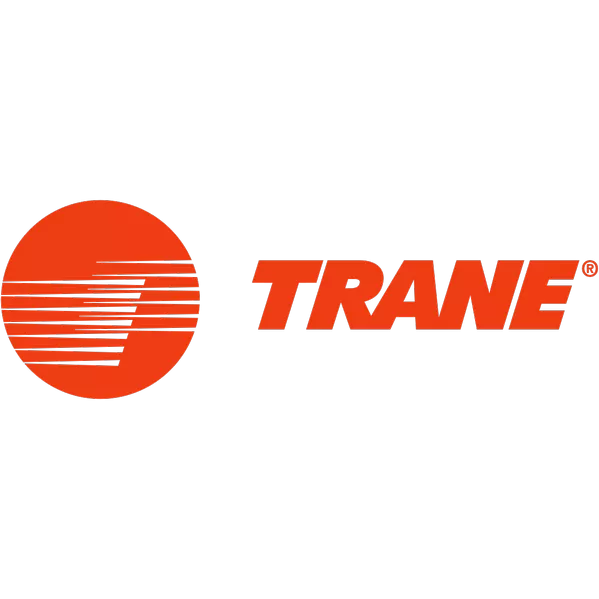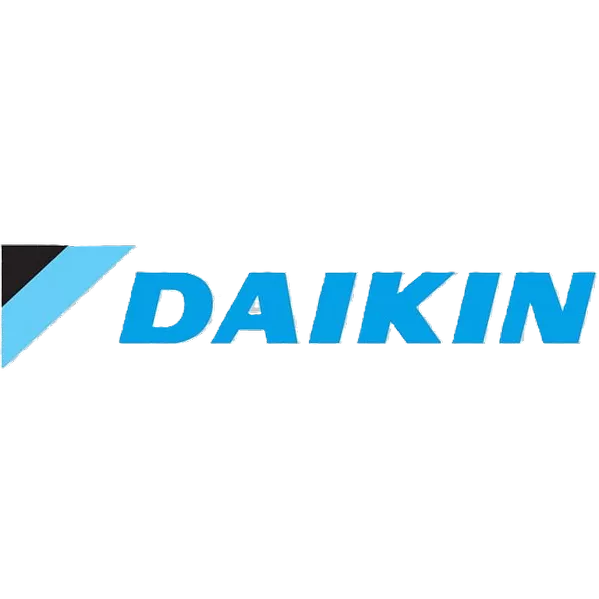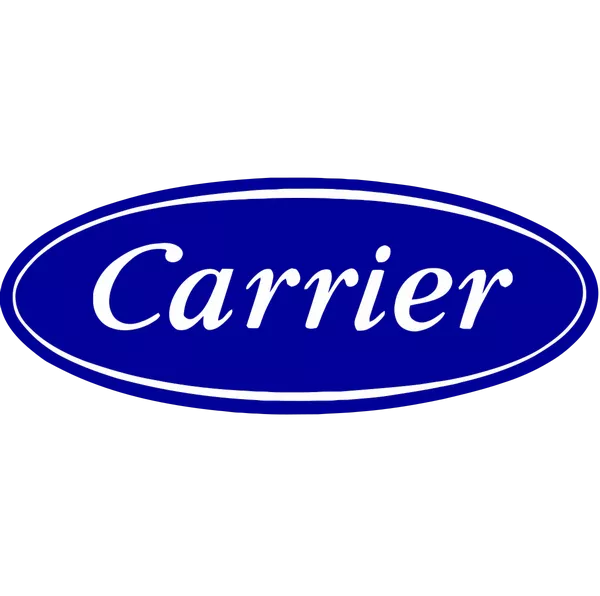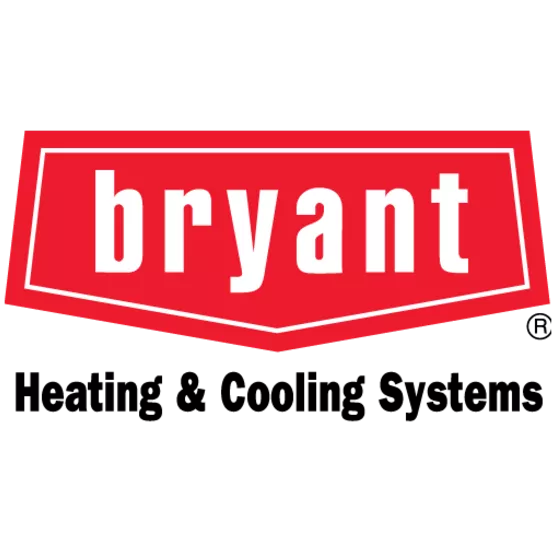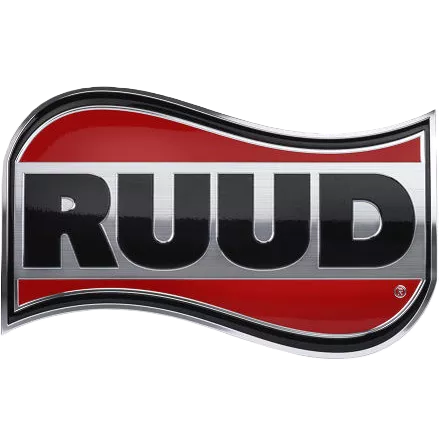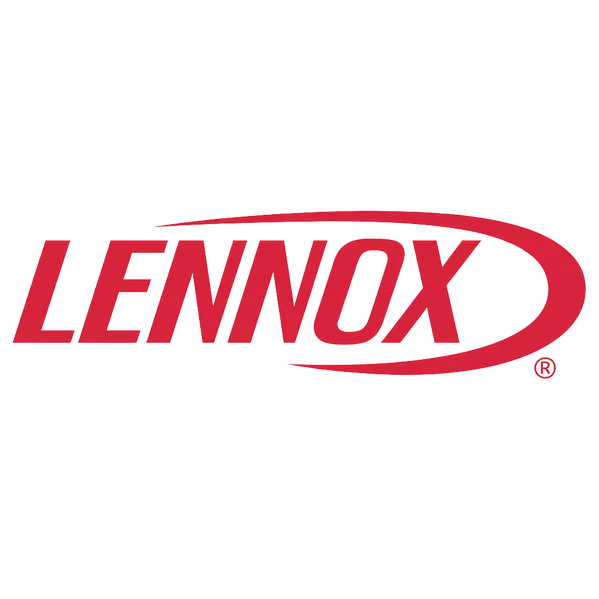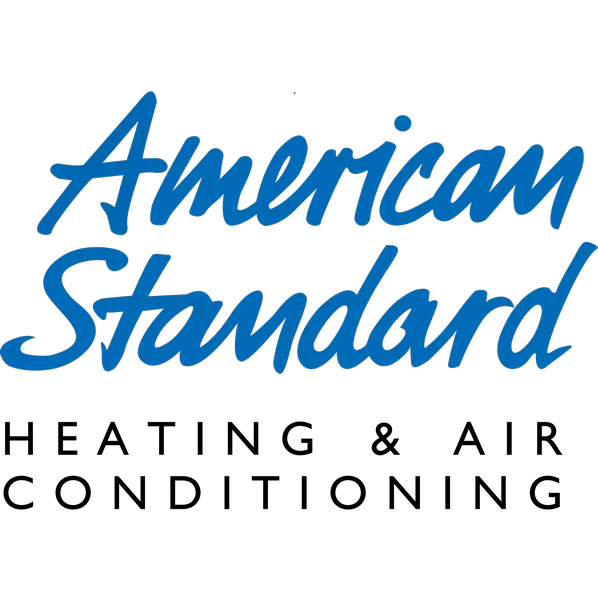Trane: Founded in 1913, this manufacturer built its name on rugged cabinets, steady day-to-day comfort, and a contractor playbook that emphasizes predictable commissioning and parts logistics. For this comparison the spotlight is the XV20i variable-speed central AC, the S9V2-VS variable-speed gas furnace, and the XV20i variable-speed heat pump, and everything below will be judged on how these perform together as a matched set.
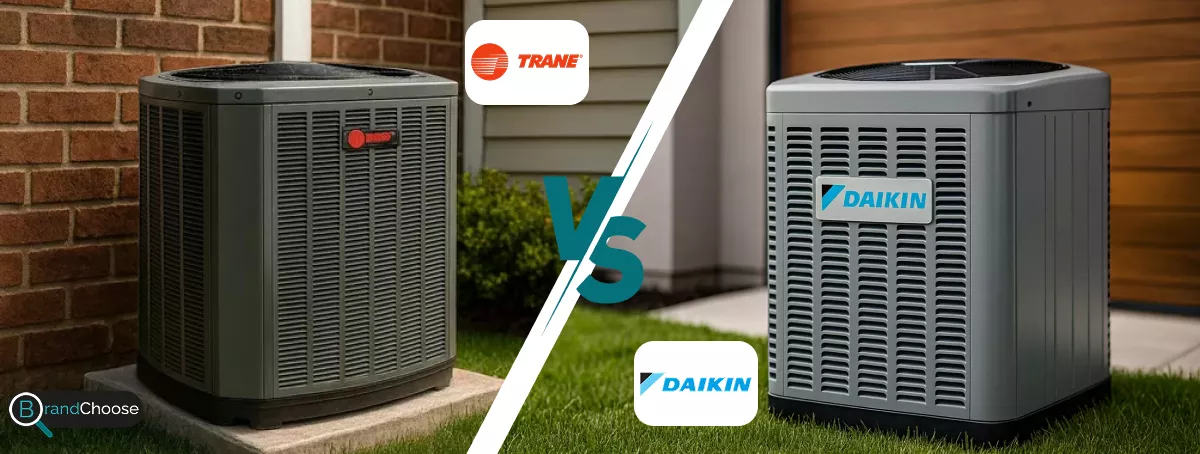
Daikin: A global HVAC giant with deep inverter pedigree, this brand’s North American lineup blends high-efficiency ducted systems with approachable controls and a dealer network that increasingly knows its way around variable capacity. Here the focus is the DX9VC variable-speed central AC, the DM97MC modulating gas furnace, and the DZ9VC variable-speed heat pump, and the judgments below reflect how that trio behaves as a coordinated system.
Product Selection
| Primary Use Case | Trane | Daikin | ||
| Air Conditioner | XV20i | 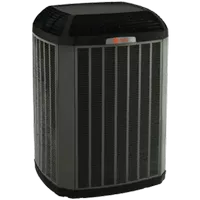 |
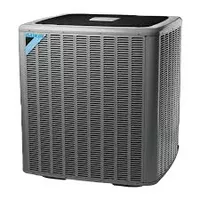 |
RA20 |
| Gas Furnace | S9V2-VS | 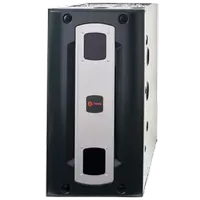 |
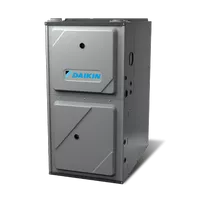 |
R98MV |
| Heat Pump | XV20i | 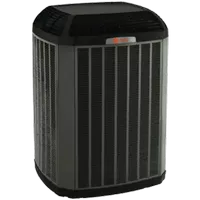 |
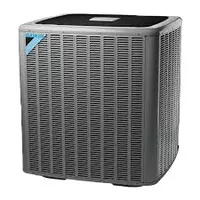 |
RP20 |
🟦 Trane: The portfolio stacks premium XV, then XL/XR for mid to entry, which contractors favor because capacity and air-handler matchups are plentiful. The XV20i + S9V2-VS + XV20i HP trio is a go-to for 2–4 ton homes that want steady temperature ramps and strong humidity control, and coil tables keep variable behavior intact across sizes. For homeowners, it reads as a clear good-better-best ladder with fewer near-duplicates to decode.
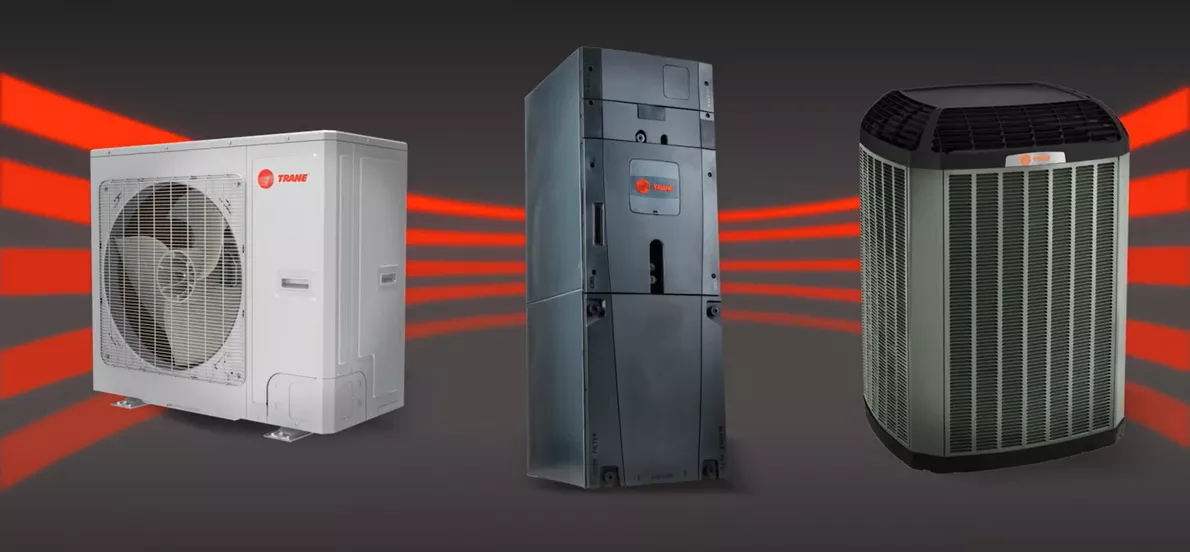
🟪 Daikin: The catalog organizes around inverter-forward options in the premium tier and straightforward two-stage or single-stage steps below it. The DX9VC + DM97MC + DZ9VC grouping is a common premium pick where quiet operation and efficient part-load performance are the brief, and published “matched set” combinations help preserve ratings and comfort features when scaling tonnage. Shoppers get a modern, inverter-first path without losing the ability to step down if budget demands.
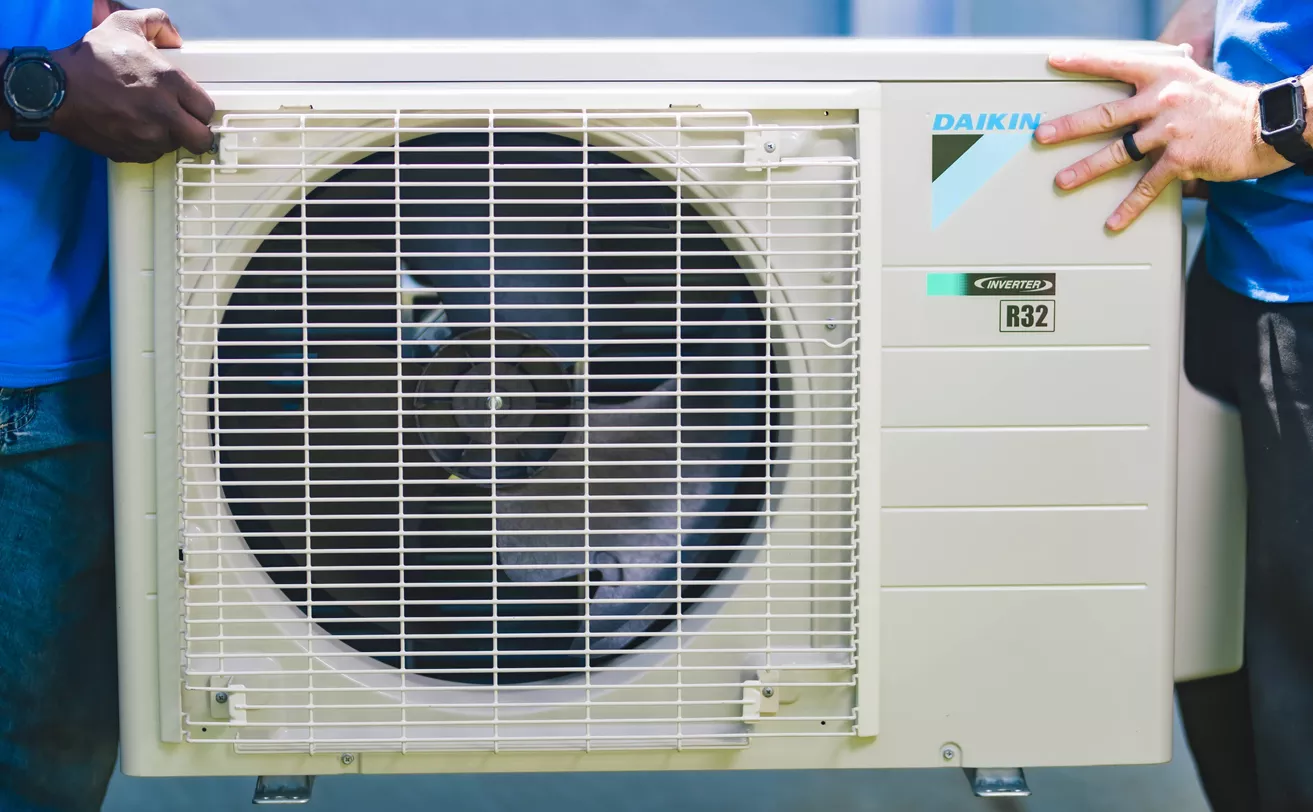
✅ Verdict: Trane is the more clearly tiered, while Daikin makes the inverter path feel front-and-center and scalable.
Customer Support & Warranty
🟦 Trane: Registration brings 10-year parts at the flagship level and robust furnace heat-exchanger terms, with many dealers reporting uniform claim handling and well-stocked distribution. In dense markets, that means quick parts, predictable turnaround, and fewer repeat visits thanks to consistent processes.
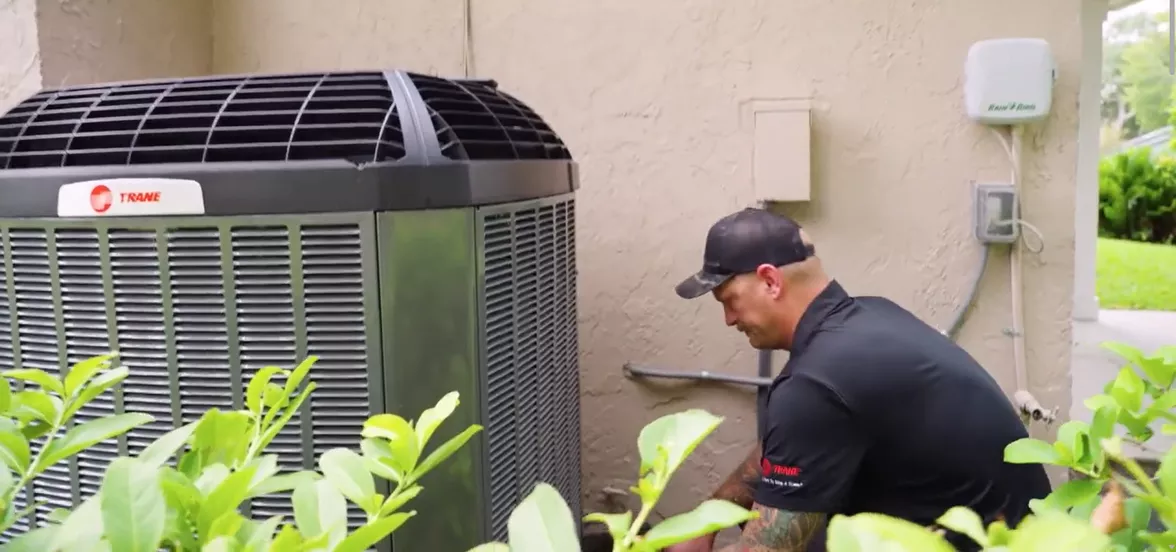
🟪 Daikin: Registration likewise delivers 10-year parts and strong exchanger coverage, and documentation for matched systems is thorough. Dealer density and stocking can vary by region, but when the original communicating control and specified coils stay in place, warranty visits tend to be clean and features remain intact after service events.

✅ Verdict: Trane typically feels more uniform coast-to-coast, while Daikin can be excellent where its dealer footprint is strongest.
Energy Efficiency
🟦 Trane: The XV20i AC and HP live in the premium SEER2 bracket (SEER2 is the current seasonal cooling efficiency metric), and the S9V2-VS holds high-90s AFUE (AFUE is gas furnace fuel-to-heat efficiency). Real savings come from partial-load operation: an inverter compressor and ECM blower (ECM is an electronically commutated motor that modulates speed precisely) run long, low-power cycles that trim on-off losses while keeping temperature and indoor humidity steady. In correctly sized homes with sealed ducts, double-digit bill reductions versus legacy 12–14 SEER equipment are routine.
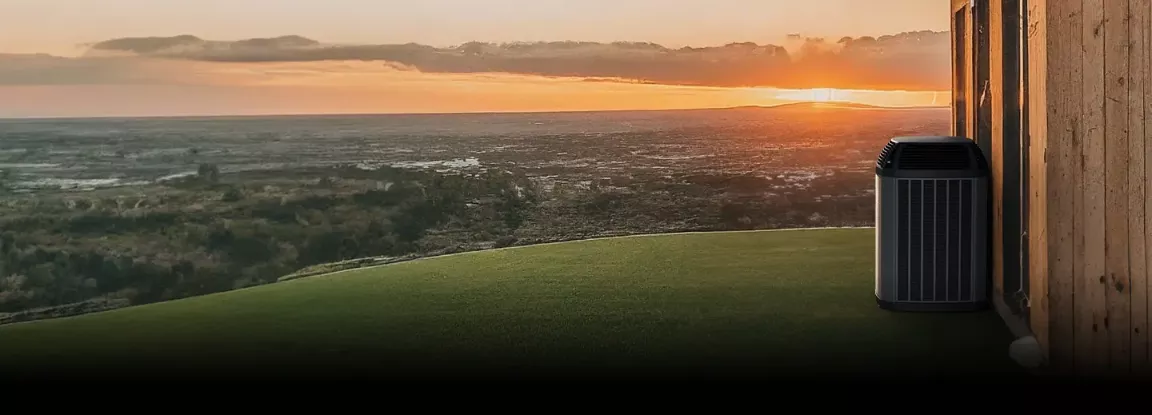
🟪 Rheem: The DX9VC/DZ9VC pair brings an inverter-first approach to ducted systems, and the DM97MC furnace joins with ultra-high AFUE capability. The platform’s low-speed stability keeps coil temperature and airflow aligned to the load, so HSPF2 (seasonal heat-pump heating efficiency) and SEER2 carry into muggy shoulder seasons rather than living only on paper. With proper superheat and subcool checks (temperature confirmations that refrigerant is boiling and condensing in the right places) and airflow near 350–400 cfm per ton (target airflow per ton of cooling), homeowners see consistent reductions without comfort trade-offs.
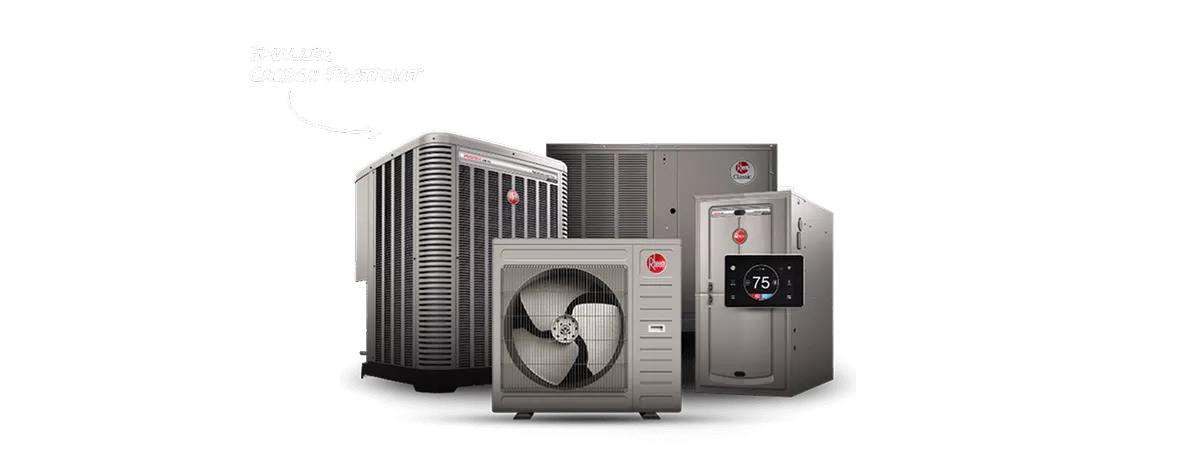
✅ Verdict: Trane is the safe bet for efficiency that feels the same in July as it did on install day, while Daikin’s inverter pedigree delivers equally strong numbers with an emphasis on smooth low-speed operation.
Smart Features & Connectivity
🟦 Trane: The premium control stack is a communicating thermostat system (a control that exchanges live data with equipment so modulation targets comfort rather than simple on-off), coordinating compressor speed, blower cfm, and coil temperature to meet temperature and humidity setpoints efficiently. Zoning, schedules, geofencing, and diagnostics live under one umbrella, and fault histories shorten service by pointing techs to causes instead of symptoms.
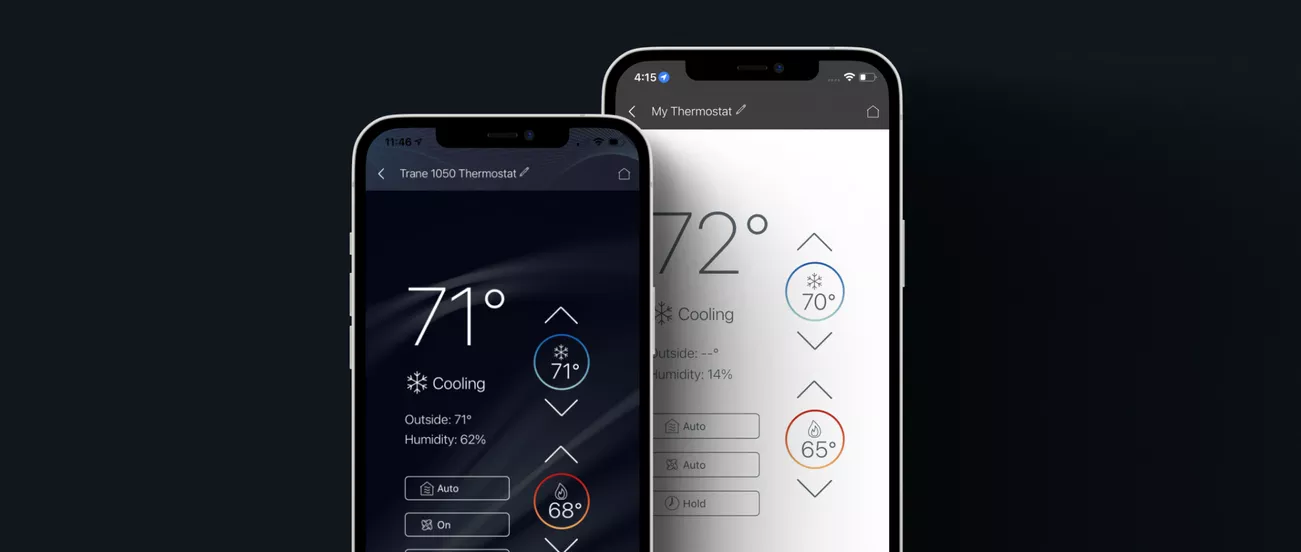
🟪 Daikin: The smart control ecosystem offers communicating operation for variable capacity, clean app access, and stable scheduling, with diagnostics that surface coil, fan, and compressor behavior to reduce parts guesses. IAQ accessories integrate as matched modules so airflow and humidity strategies remain intact after upgrades, and the interface keeps day-to-day use approachable for households that do not want to babysit settings.
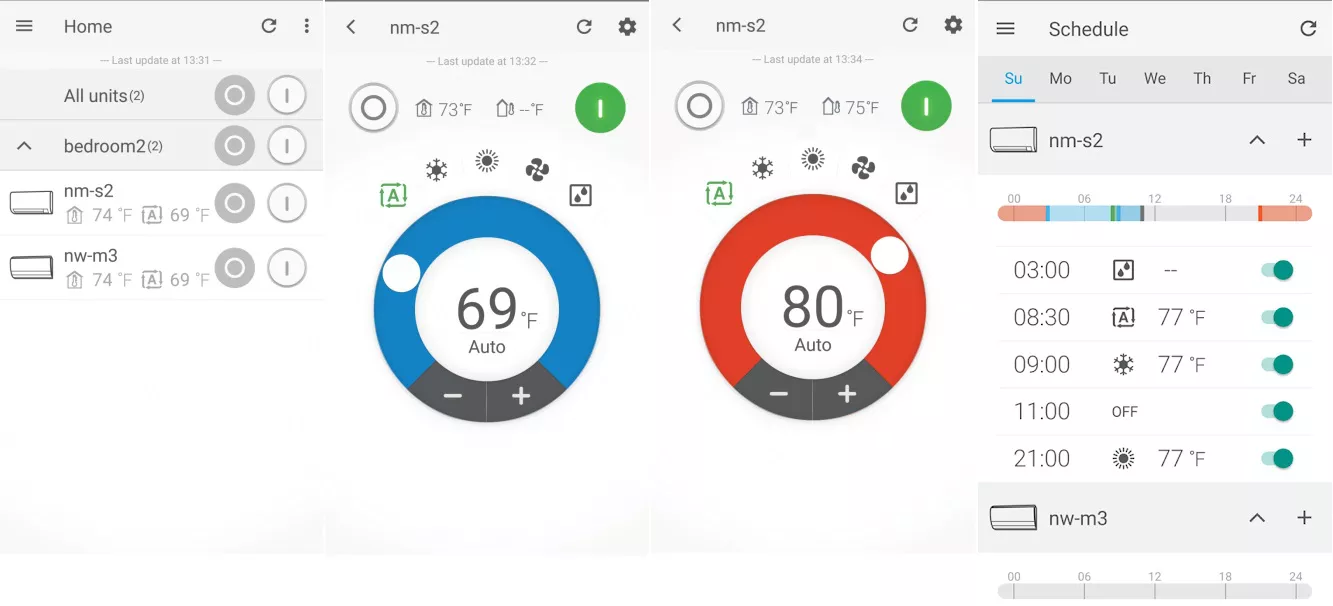
✅ Verdict: Trane emphasizes rock-steady, low-drama control with deep diagnostics, while Daikin matches the essentials and keeps the interface especially approachable.
Noise Level
🟦 Trane: At partial load the variable-speed condenser and indoor ECM blower stay in a low, even register, and the top-discharge layout plus cabinet mass helps avoid high-pitch tones that carry. Outdoor loudness is measured in dB (decibels, a logarithmic sound unit), and indoor quiet hinges on gentle ramps and keeping external static pressure low (external static pressure is duct airflow resistance, measured in inches of water column). With a level pad, short flexible line-set section for vibration decoupling, and reasonable clearance from reflective walls, the sound signature blends into the background.
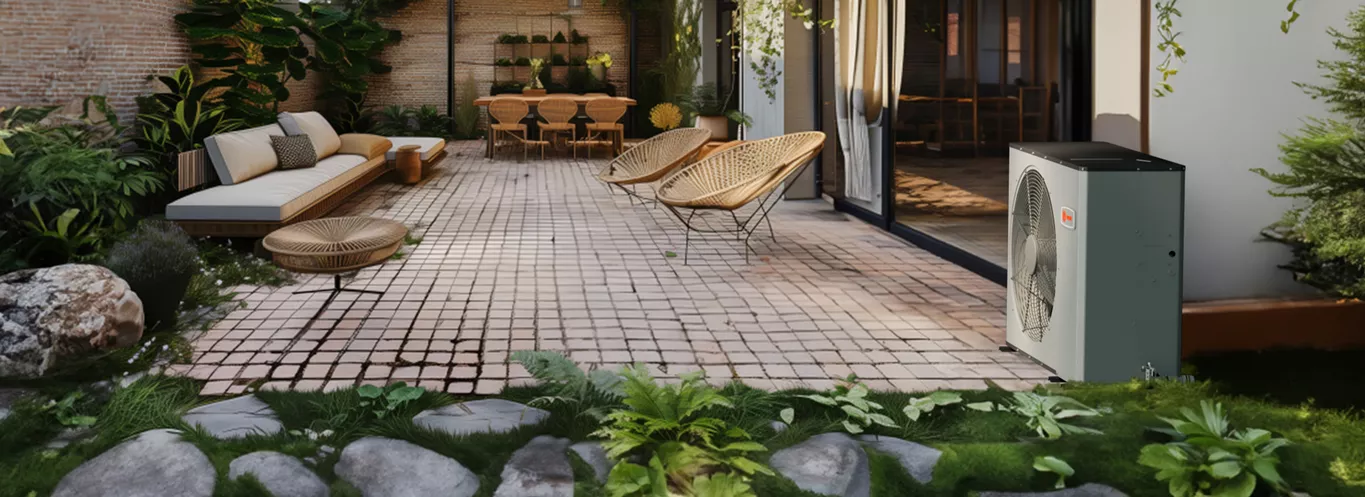
🟪 Daikin: An inverter-first platform means long, low-power cycles that keep fan and compressor speeds modest, so the yard-side note is soft and indoor ramps are subtle. Quiet still depends on site choices, especially return size and sealed filter racks, because high external static pressure forces higher blower rpm and adds turbulence. When ducts are balanced and the air handler is decoupled from framing, the registers give a whisper rather than a whoosh.
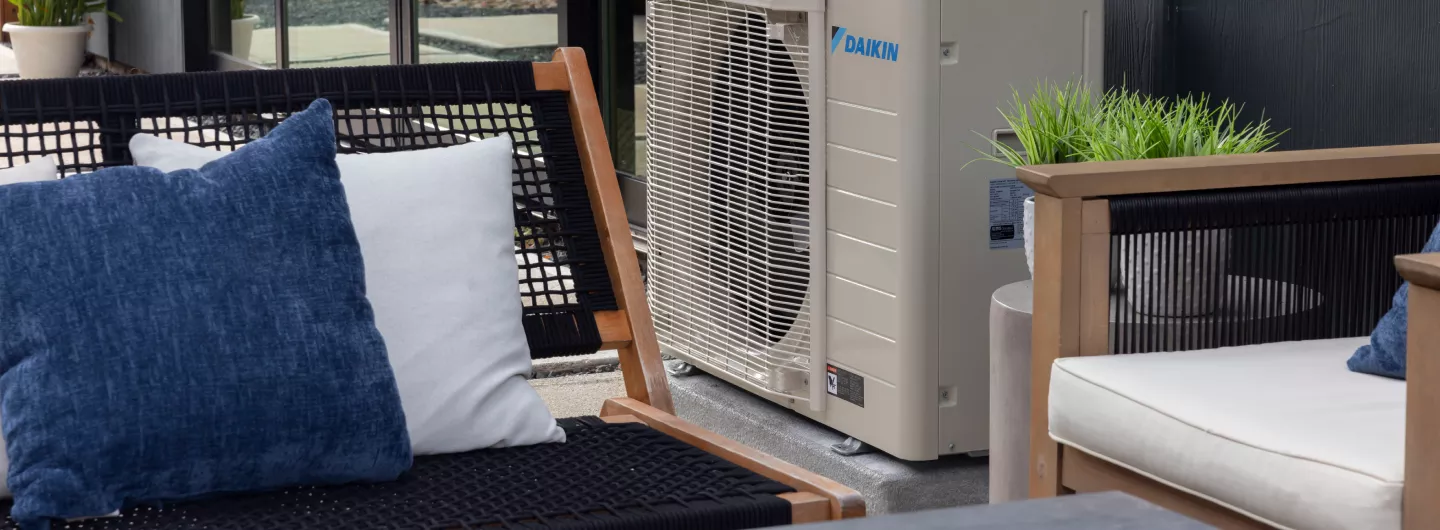
✅ Verdict: Trane tends to be softer outdoors at low speed, while Daikin is exceptionally hushed at the registers when duct static is well controlled.
Cost & Affordability
🟦 Trane: Premium variable-speed gear lives in premium installed-price territory. Typical installed ranges for a 3-ton reference with standard labor and no duct replacement: AC only XV20i 11,500 to 20,000 USD, furnace only S9V2-VS 6,000 to 9,500 USD, heat pump only XV20i 12,500 to 22,000 USD. A matched AC plus furnace is commonly 15,500 to 29,000 USD, and dual-fuel often 17,500 to 33,000 USD. Regional labor, electrical upgrades, crane lifts, and static-correction work can add 10 to 25 percent, while rebates and off-season promos trim the invoice.
🟪 Daikin: Installed numbers track the same tier but often quote a notch lower like for like. Common 3-ton ranges: AC only DX9VC 10,500 to 18,500 USD, furnace only DM97MC 5,500 to 9,500 USD, heat pump only DZ9VC 12,000 to 20,500 USD. A matched AC plus furnace typically 15,000 to 28,000 USD, and dual-fuel about 17,000 to 31,000 USD. Accessories, zoning, and duct fixes widen the spread more than the badge.
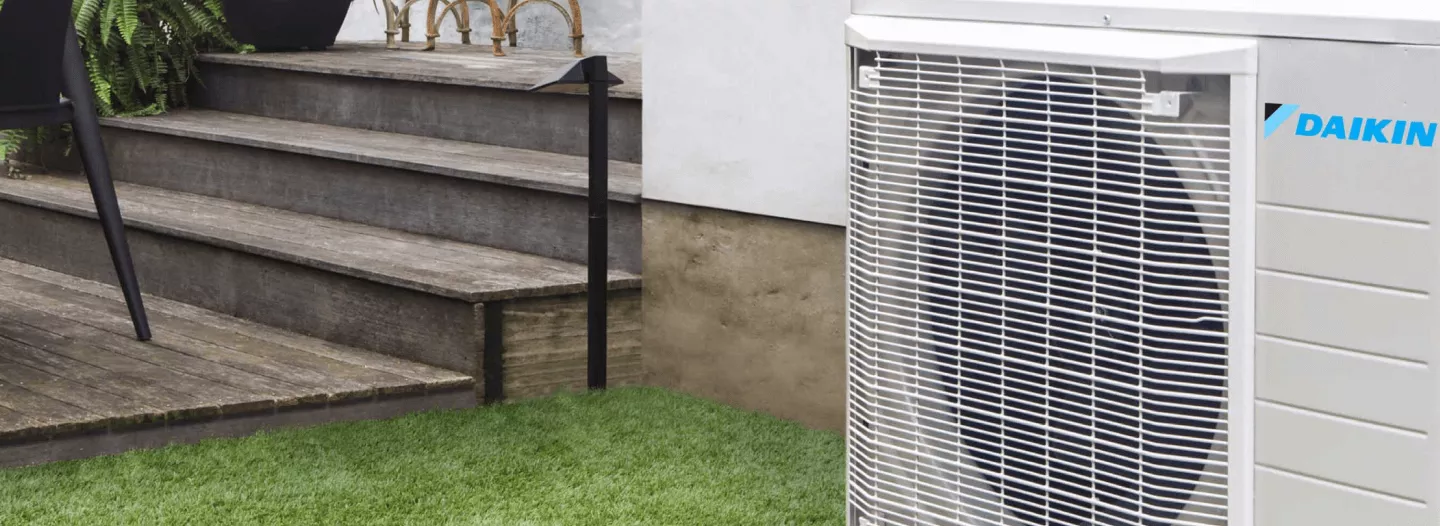
✅ Verdict: Daikin usually lands the sharper quote at the same comfort tier, while Trane often prices at the top of the premium bracket.
Reliability & Durability
🟦 Trane: Rugged cabinets and a debris-shedding spine-fin style outdoor coil keep condensing temps in check, and the control strategy favors long, low-stress cycles over frequent starts. Field techs praise uniform processes and parts pipelines, which shortens peak-season repairs. Reliability still hinges on fundamentals: precise charge verified by superheat and subcool checks (temperature readings that confirm refrigerant is boiling and condensing in the right places), airflow near 350 to 400 cfm per ton (target airflow per ton of cooling), and clean coils.

🟪 Daikin: Hardware is stout and the inverter pedigree shows in calm low-speed operation that reduces mechanical stress over time. Documentation for matched systems is thorough, though parts stocking and dealer density vary by region, which can stretch timelines unless the local network is strong. With disciplined commissioning and annual service, owners should expect long, quiet runtimes rather than nuisance trips.
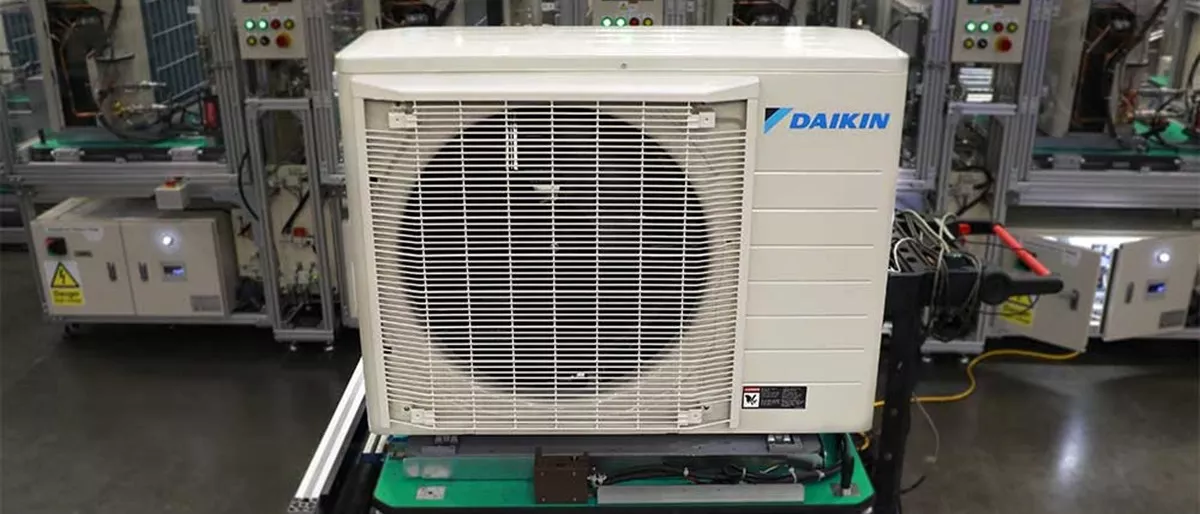
✅ Verdict: Trane earns the nod for parts logistics and process consistency, while Daikin matches on hardware durability when commissioning is meticulous.
Cooling Performance
🟦 Trane: The inverter aligns outdoor capacity with indoor airflow so the evaporator runs cool enough to grab both sensible load and latent load efficiently (sensible is temperature change, latent is moisture removal). During humidity pulls the control trims cfm per ton to keep the coil colder, boosting moisture pickup without overshooting temperature; the result is a stable delta-T across the coil (delta-T is return-to-supply air temperature drop) and indoor RH in the mid-40s to near-50 percent band through muggy stretches.

🟪 Daikin: Deep low-speed turndown keeps coil temperature and fan profiles in a sweet spot for latent control, and the platform manages SHR to a comfortable balance (SHR, or sensible heat ratio, is the share of total cooling that goes to temperature rather than moisture). Longer, quieter cycles push air farther into distant branches, so rooms at the end of runs drift less and still avoid the cool-but-clammy feel.

✅ Verdict: Trane favors rock-steady temperatures with confident dehumidification, while Daikin shines at smooth low-speed moisture control that keeps spaces dry without dropping the setpoint.
Heating Performance
🟦 Trane: The S9V2-VS furnace runs most hours on low fire with a variable-speed ECM blower (electronically commutated motor that adjusts speed precisely), which keeps supply air warm and steady rather than blast-then-coast. The XV20i heat pump holds capacity at low speed longer, so defrost events are less disruptive and comfort stays stable into colder evenings. In dual-fuel setups the control shifts to gas at a user-set balance point (the outdoor temperature where gas becomes cheaper or more comfortable than electric), which keeps bills in check without sacrificing feel.
🟪 Daikin: The DM97MC modulating furnace coordinates tiny burner steps with a variable-speed blower so room temperature climbs evenly on long winter runs. The DZ9VC heat pump favors deep turndown and smooth low-speed heating that reduces cycling and preserves coil warmth, and dual fuel can be tuned to a local balance point so electric carries shoulder seasons while gas takes deep cold. The practical effect is quiet, gradual heat that avoids overshoot.
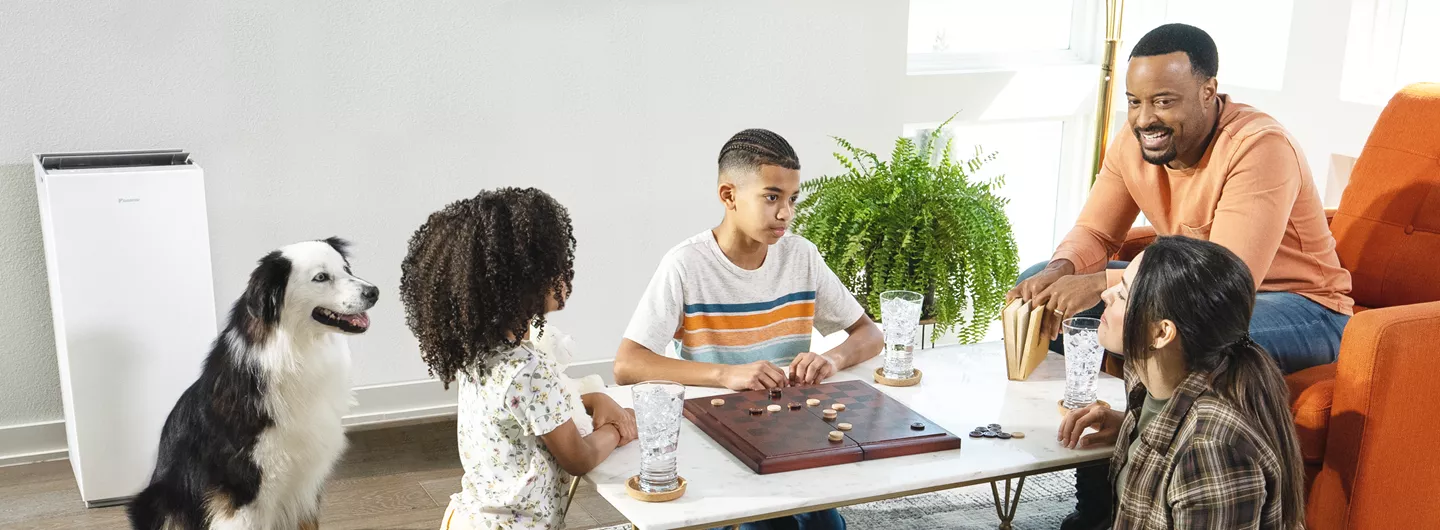
✅ Verdict: Trane feels a touch steadier in low ambient on the heat pump, while Daikin is exceptionally smooth through shoulder-season ramp-ups.
Indoor Air-Quality Enhancements
🟦 Trane: The premium control integrates high-MERV filtration (MERV rates a filter’s particle capture size), whole-home humidifiers, and balanced ventilation like ERV/HRV (ERV/HRV exchange heat or moisture while bringing in fresh air) so airflow, coil temperature, and fan speed cooperate rather than compete. During humidity pulls the system trims cfm per ton (airflow per ton of cooling) to keep the coil colder for stronger latent removal, which holds indoor RH in the mid-40s to near-50 percent without overcooling rooms.
🟪 Daikin: The ecosystem supports media cabinets, UV or electronic air cleaners, humidification, and ERV/HRV modules with profiles that keep external static pressure within blower targets (external static pressure is duct resistance, measured in inches of water column). Longer low-speed cycles increase filter contact time, and the control biases fan speed for moisture pickup when RH rises, cutting that cool-but-clammy feel typical of short cycling.
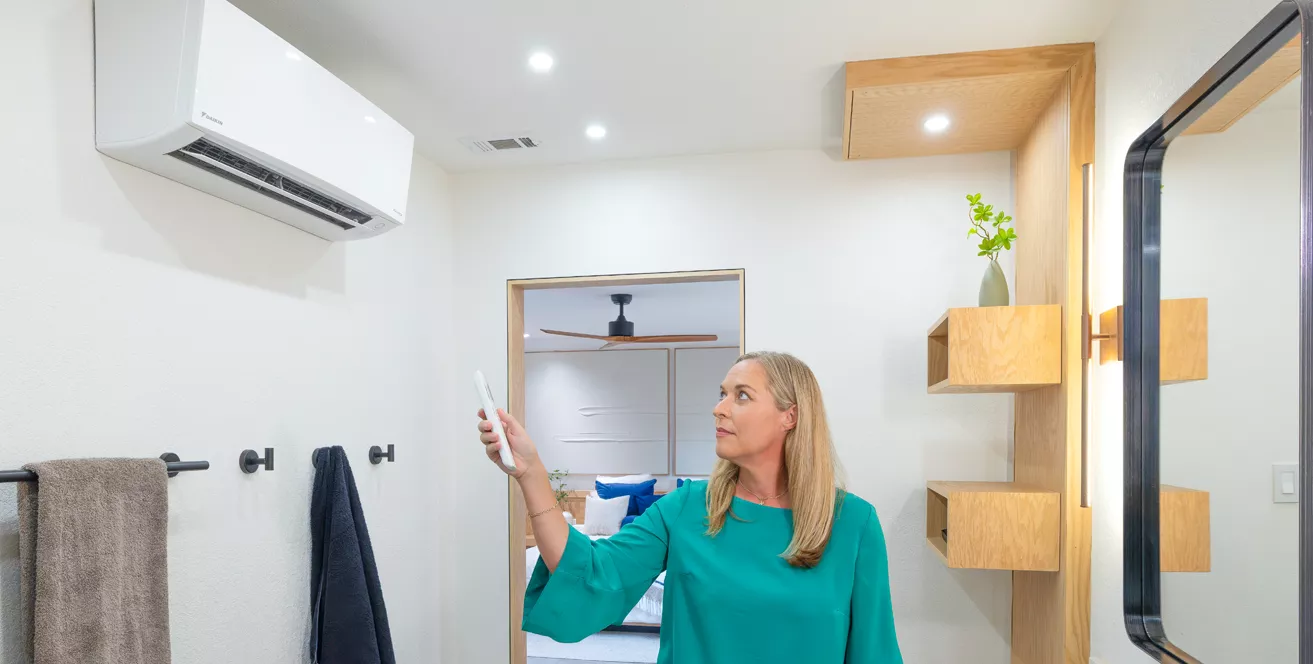
✅ Verdict: Trane edges ahead on one-roof coordination of IAQ and airflow, while Daikin keeps pressures and fan targets predictable for consistently quiet results.
Installation & Serviceability
🟦 Trane: Best practice starts with Manual J load (room-by-room heat gain or loss), Manual S selection (matching equipment to the load), and Manual D ducts (sizing and layout). Commissioning targets include 350 to 400 cfm per ton, total external static pressure at or below ratings, nitrogen pressure tests, deep evacuation, and charge verification using superheat and subcool readings (superheat and subcool confirm refrigerant is boiling and condensing in the right places). Diagnostics surface coil, compressor, and blower behavior so techs can verify delta-T across the coil (delta-T is return-to-supply temperature change) quickly.

🟪 Daikin: Best practice starts with Manual J load (room-by-room heat gain or loss), Manual S selection (matching equipment to the load), and Manual D ducts (sizing and layout). Commissioning targets include 350 to 400 cfm per ton, total external static pressure at or below ratings, nitrogen pressure tests, deep evacuation, and charge verification using superheat and subcool readings (superheat and subcool confirm refrigerant is boiling and condensing in the right places). Diagnostics surface coil, compressor, and blower behavior so techs can verify delta-T across the coil (delta-T is return-to-supply temperature change) quickly.
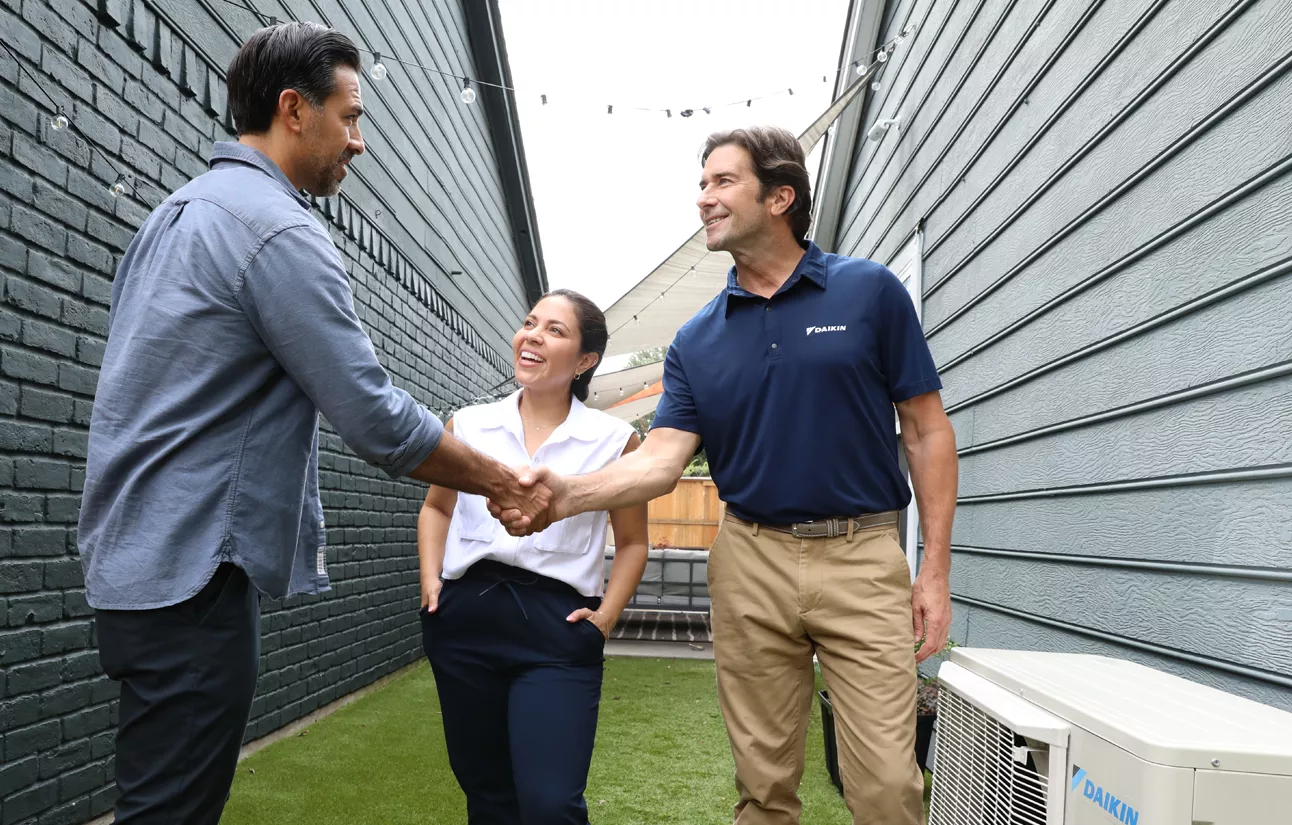
✅ Verdict: Trane gets the practical nod for coast-to-coast process uniformity and parts pipelines, while Daikin performs on par when a strong local dealer network is in place.
Quick Buyer Match Guide
🟦🟦 Choose Trane if you
You want rock-steady low-speed comfort, coast-to-coast service consistency, and dual-fuel control behavior that feels predictable in mixed climates.
🟪🟪 Choose Daikin if you
You want inverter-first ducted comfort with exceptionally smooth shoulder-season operation, approachable controls, and quotes that often land a notch lower like for like.
Conclusion
Both stacks are true premium HVAC: variable-capacity comfort, quiet operation, and mature smart controls. Trane prioritizes long-run steadiness, uniform processes, and diagnostics that keep ownership low drama. Daikin brings deep inverter pedigree, very smooth low-speed behavior, and competitive pricing without giving up the essentials. If you value the safest bet on service consistency, choose Trane. If you want flagship comfort with particularly gentle ramping and sharp quotes, choose Daikin.

